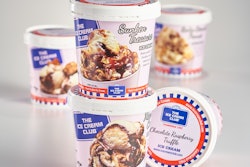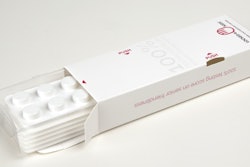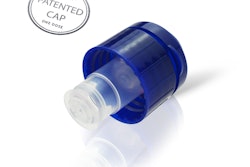Global demand for functional and barrier coatings in paper and paperboard applications is forecast to grow by 4.9% year-on-year to $5.18 billion by 2022. Exclusive data from the new Smithers Pira report, “The Future of Functional and Barrier Coatings for Paper and Board to 2022,” has determined that future growth will be driven by a resurgent global outlook and the greater penetration of these technologies into transition economies. The Asia-Pacific market will represent over 54% of worldwide functional and barrier coatings use by 2022, up from 46% in 2012, with Japan the only major economy in the region expected to have a reduced demand. China leads the way with 34.2% of world consumption.
“There are many demands from the market that require a growing number of substantial advances in technology, leading to greater innovation at numerous levels,” says Peter A. Signoretti, author of the report. “Market demands for more sustainable packaging are increasing, as are regulatory requirements that are forcing companies to consider new alternatives. The rate of technology change continues to challenge the industry, and the packaging industry continues to demand new solutions from functional and barrier coating suppliers. When implementing new and innovative technologies, suppliers will be required to stay relevant to the market.”
The food and beverage market will continue to dominate demand for paper and paperboard packaging, and the need for functional and barrier properties. Aseptic packaging continues to expand the use of aluminum foil as a barrier coating for paperboard packaging while water-based, other high-barrier coatings, and biopolymers are expected to make inroads into more traditional petroleum-based wax and plastic laminate paperboard products for fresh food bakery, frozen food, and takeaway applications. Novel water-based alternative solutions to silicone in baked goods markets and safer solutions to replace fluorochemicals will continue to be active.
Cost will continue to drive the market to search for innovative approaches to replace fiber content. The use of micro-fibrillated cellulose and functional coatings will reduce the amount of fiber needed, while maintaining package strength and integrity. Paper and paperboard laminations will be looked at harder for these types of applications. Paper converters are under pressure from consumer brands to reduce waste, emissions, volatile chemicals, and any hazardous processes. This is putting pressure on packaging companies to provide products with safer and more sustainable functional and barrier coating options.
The ever-growing e-commerce market will also play a role in future growth, and functional and barrier coating technology will be expected to provide the properties needed to ship more products directly to shoppers worldwide. Food products in particular will need insulating, and lower-cost and sustainable products are being sought to replace non-sustainable materials like expanded polystyrene, wax, polyethylene, and polyvinylidene chloride (PVdC). The potential expanded use of drone delivery will also require tougher and innovative packaging alternatives.























